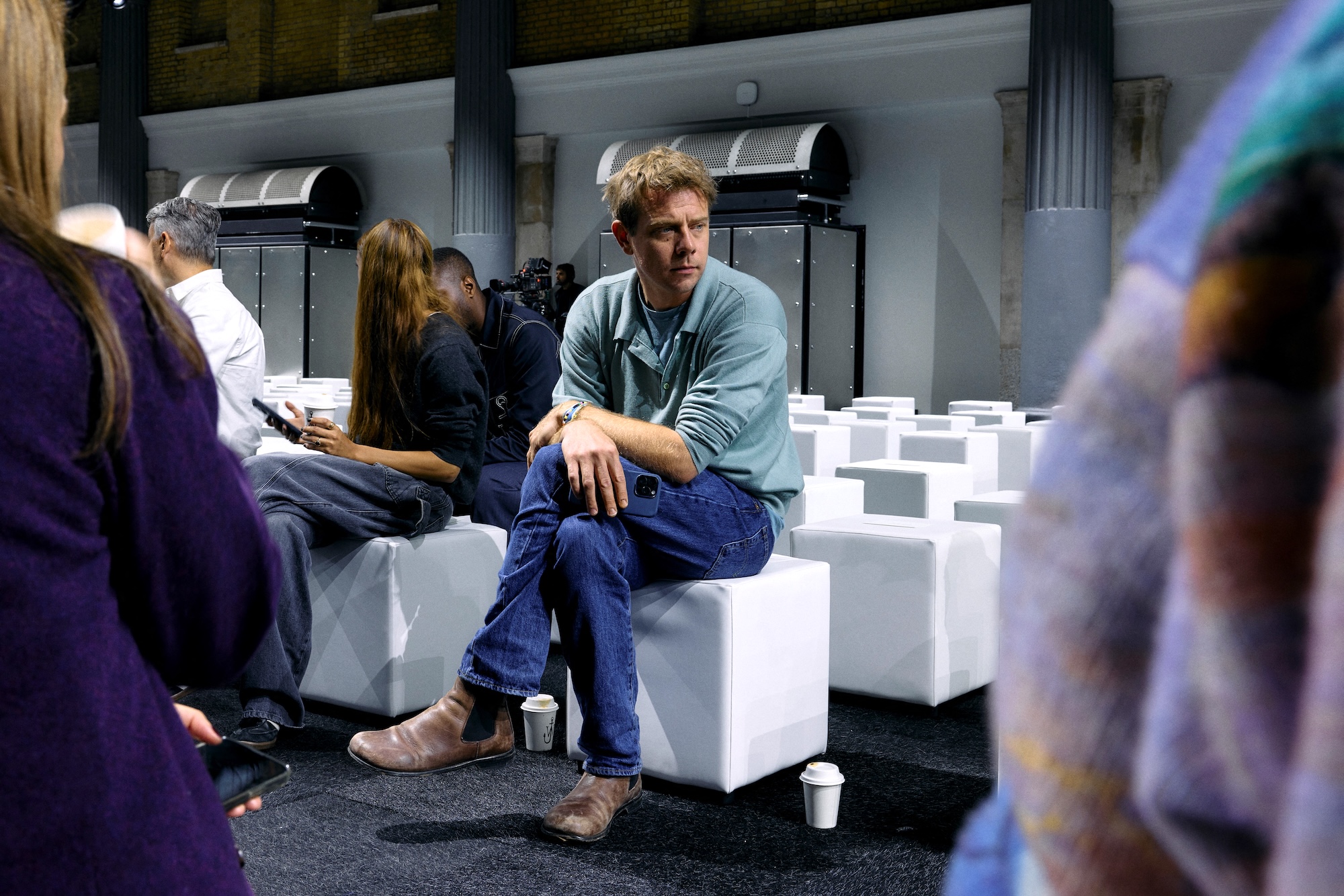A key in this raging war against the new coronavirus disease (COVID-19) is accurate diagnostic confirmation of people suspected to have the disease.
Although they’re not exactly the ones facing the patients—technically, they’re not front-liners—the people in the laboratories processing the COVID-19 tests are exposing themselves to as much harm as the front-liners.They’re among the unsung heroes in this war, silently working in the background, pressured and stressed with the backlog piling up as the number of people who need to be tested increases exponentially.
Overworked, and likely underpaid, they don’t mind the long hours and risk to their health and life. They feel bad, however, when misinformation abounds regarding COVID-19 testing, resulting in confusion and sometimes putting these unsung heroes in a bad light.
Dr. Edsel Maurice Salvaña, DTM&H, FPCP, FIDSA, director of the Institute of Molecular Biology and Biotechnology, National Institutes of Health, University of the Philippines (UP-NIH), helped us clarify some of the misinformation going around.At the outset, he says that he is not an employee of the Department of Health (DOH), but advises them. He is also a member of the technical advisory group of the Inter-Agency Task Force for the Management of Emerging Infectious Diseases. “As they (DOH) are really, really busy, I am helping clarify certain items which are easily misinterpreted, particularly with testing and case counts,” says Dr. Salvaña.He explains that one major reason for the misinformation is the technical terms, so people misinterpret them inadvertently. “I help run the UP-NIH laboratory, so I am aware of the testing and lab issues,” he says.
Highly technical process
COVID-19 testing is done with a real-time polymerase chain reaction (RT-PCR). This is a highly technical process that not only involves having the right machine and kits, but also the proper safety infrastructure, like a biosafety level 2 (BSL2) laboratory.
“Many labs and hospitals have the RT-PCR machines but they do not have the biosafety infrastructure. This includes having SOPs (standard operating procedures) for emergencies, a properly trained staff, even flu vaccines for all their employees,” says Dr. Salvaña.The test procedure could be simple, but the safeguards are rigorous and must be strictly followed. “If you are not careful, you will infect the staff and the surrounding community. You cannot compromise safety for expeditiousness. It is a recipe for disaster,” he stresses.
How about the so-called rapid tests? “As much as we would like to use rapid lateral flow assays (IgM/IgG) because of convenience, none of them have used the industry-standard plaque reduction neutralization test (PRNT) assay.”
The PRNT measures the titer of neutralizing antibody for a virus. The blood sample containing the antibody to be tested is diluted and mixed with a viral suspension, after which it is incubated to allow the antibody to react with the virus.
Hence, the rapid tests are not as accurate and reliable as the gold-standard RT-PCR tests. As we explained in a previous column, tests are assessed based on their sensitivity and specificity. The more sensitive and specific a test is, the more accurate and reliable it is.
Dr. Salvaña is not confident that these rapid tests could be considered reliable. “The biggest danger is that because it takes five to 10 days to make IgM antibody, the test has a high false negative rate in those who just started having symptoms”—much more so in those who are already infected but remain asymptomatic.
False sense of security
“So you will get a false sense of security and end up passing the virus to other people and your family members’” he warns.
He recommends these rapid lateral flow tests two weeks after discharge to check if the patient has already developed the antibody against the virus. If it’s still negative, repeat tests should be done periodically until results become positive for the antibody.
As of this writing, more than 15,000 tests have been done, but in terms of actual individuals tested, that’s only around 5,000. This is because repeat testings are done in confirmed COVID-19 cases, who must test negative twice before they’re declared COVID-19-negative and discharged.
This requirement, though it’s the ideal approach, has now been revised with the increasing number of cases and backlog. The DOH has shifted to more testing of new cases, and advises physicians to use clinical rather than testing parameters to decide on discharge, says Dr. Salvaña.
If patients treated in the hospital already have resolution of all their symptoms, they’re instructed to continue strict isolation at home for another 14 days after discharge. They’re advised to undergo repeat testing afterwards, depending on laboratory capacity.
The problem is that in some houses, especially in those with extended families, there are no rooms available to isolate someone who has just recovered from COVID-19. The government will have to provide facilities where these recovering patients could stay.
And after this additional period of isolation, will there still be a risk of infection if these patients mingle with their families?
Dr. Salvaña assures that there is no more risk. He cites new preliminary data showing that after eight to 10 days, there is no longer any viable virus in most people who have recovered, even if their RT-PCR test remains positive. There was some concern earlier that some patients may test positive again. This is due to the residual genetic material or remnant pieces of the virus, which are no longer infectious.
1,000 daily
Dr. Salvaña says that the lab capacity of the Philippines for doing COVID-19 RT-PCR continues to increase. It started with only 300 tests daily. Now they’re doing more than 1,000 daily, and that explains the exponential increase in new confirmed cases. There are new BSL2 labs being accredited, including private ones, so lab capacity will increase further.
Another type of test will soon be available here using Gene Xpert machines which many labs here already have to test for tuberculosis. Its advantage is that it takes shorter (only 45 minutes) to run. “But the problem now is that all countries want to get their hands on the cartridges,” says Dr. Salvaña.
Will the 120,000 test kits donated by other countries increase the number of tests done daily?
Not really, says Dr. Salvaña. It will still be limited by the capacity to process the tests. At least we’ll have enough reagents and kits for the next three months. And if more BSL2 labs are accredited, that will increase the number of tests done daily. We also have the locally made UP-NIH test kits which are undergoing validation and should be ready for use in a few months.
Meanwhile, we have to request for COVID-19 tests only when it’s really indicated. “I have already publicly called on politicians to refrain from pressuring the DOH into doing asymptomatic testing for them and their families,” says Dr. Salvaña.
He clarifies that, as of now, there are only two types of people who can get asymptomatic testing. These are 1) health care workers who need to return to work, and 2) critical government officials.
“I understand there is pressure on the DOH, since politicians hold their budget. If the government official is critical, the DOH can facilitate. But if he or she doesn’t fit in either of those two definitions, please let the DOH decide on who is appropriate,” he pleads.
Unacceptable
He also admonishes politicians and government physicians to stick to quarantine. “Breaking quarantine protocol is unacceptable to those of us in the health care field who are putting our lives on the line. You are putting people in danger if you insist your convenience is more important than the safety of others. I myself am just about to get out of quarantine, and it was very inconvenient, but I stuck to it for the safety of my family and those around me,” says Dr. Salvaña.
His explanations help put the DOH policies and position on COVID-19 testing in proper perspective. “My aim here is not to defend the DOH or the government. I stick to the science. I have a front-row seat to what the government is doing, and I would like to share that perspective with the general public. They are working their butts off. We need to help them. If there is a question, do a little bit more digging and don’t go into attack mode immediately,” he says.
There is indeed so much misinformation, meaningless criticism and chatter, all of which only create more confusion, anxiety and panic. “We don’t need any more noise,” stresses Dr. Salvaña. “I have briefed both admin and opposition leaders. This virus doesn’t care if you are DDS (die-hard Duterte supporter) or yellow. If you are unlucky enough to get it and you get severe disease, the only color you will be is black.” INQ












































